There’s so much to celebrate in the UK in the summer and I feel particularly lucky to be living in North Norfolk. Last night, strolling down to the beach to watch the sunset an excited family from Cambridge were taking photos of a seal lazily floating on its back. Earlier in the year we did an extraordinary walk from Sea Palling to Great Yarmouth along the beach all the way.
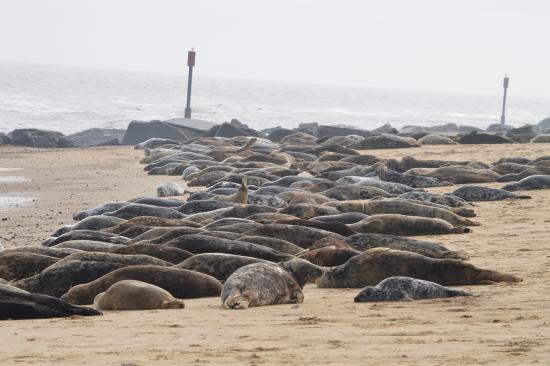
As you get closer to Horsey Gap you start to see seals. We were quite chuffed at seeing ten lying on the tideline until we realised that the strange rock formations up ahead were also seals, packed liked sardines, hundreds of them, heaving themselves into and out of the sea, hissing, barking and emitting such appalling smells in their constant state of fish-fuelled excitement that by the time we approached Winterton we had to desperately seek refuge on the path running behind the dunes.
Friday mornings I walk along the beach with my yoga mat for a 7am yoga class on the pier. If you look closely in the photo below you can see me doing a dodgy tree pose on the far right-hand side.
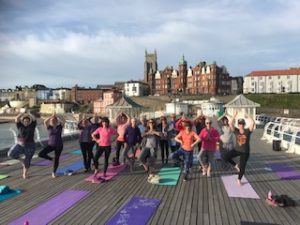
On my way to yoga yesterday, as I went past the cliff slopes where the Bagot goats spend the summer keeping the vegetation in order, I witnessed quite a bit of goat argy bargy as horns clashed and kids bleated. They are a lovely sight and Delilah Bagot, the spokesgoat, is getting quite a lot of media attention and even has her own facebook page:
https://www.facebook.com/delilah.bagot.1
We’ve had peregrines nesting on Cromer Church tower this year – all three chicks fledged recently and it’s now a common sight to see crowds looking up with state-of-the-art binoculars and scopes. I’ve been going to the NWT nature reserve at Cley Marshes more often now I live at this end of the coast and was rewarded recently by the sound of a booming bittern. I’ve always wanted to hear this and it certainly lived up to expectations. It absolutely does sound like someone blowing across the top of a milk-bottle! What a great mating call!

A few weekends ago I was in Leeds with fellow poet Heidi Williamson for the UK’s first ever Prose Poetry Symposium. It was such an energising event and included the launch of the Valley Press Anthology of Prose Poetry which I’m very proud to be in as it includes so many fabulous poets. On the Sunday morning we had time for an amble through Leeds and came across a Kitty Café. I’ve never been a great fan of Hello Kitty and was bemused that my usually very sensible friend was bouncing up and down like a six-year-old. When Heidi could finally speak again she explained that the café was not a vehicle for a Japanese animation, but for a cat rescue organisation. You pay a fee to go in, find a comfy place to sit, order your food, and then realise that the whole café is full of scratching posts, hammocks, ledges, catnip toys, catflaps and is actually a temporary home to thirty-three cats and kittens!

Back in Norfolk and yet another trip to Great Yarmouth, a place I’ve become very fond of over the years. It’s a fascinating mix of history, quirkiness, urban grit and the great British seaside in all its Kiss-Me-Quick glory. We decided to forego the End of the Pier show in Cromer this summer and experience the Yarmouth Hippodrome Summer Spectacular instead. The Hippodrome was built by George Gilbert in 1903. It’s Britain’s only surviving circus building and one of only four in the world to have a water feature. Charlie Chaplin and Harry Houdini performed there, Lillie Langtry sang there and Lloyd George held political rallies there. In wartime it was used as a military shooting range. Peter Jay (of Peter Jay and the Jaywalkers) bought the building, alongside others in Great Yarmouth, in the 1970s and restored the water feature in 1981 (the wooden floor of the circus sinks dramatically to reveal a circular water tank and spouting fountains…)

I loved the fact that all the young women selling candyfloss and programmes and showing you to your seat transform into the circus dancers in the first half and the syncopated swimming troupe in the second. The guy with the American accent selling popcorn turned out to be one of the extraordinarily athletic Chicago All Stars. In the interval performers from all over the world put on their black crew gear and help to erect the scaffold for the aerial display. It’s a real team effort!
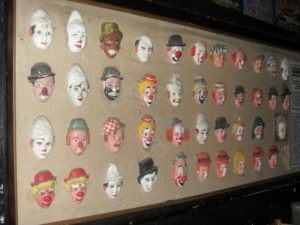
After the show we went backstage to the Circus Museum where many of the performers were milling around, relaxing on sofas, although the Finnish trapeze artist seemed happy to spend her free time walking up and down a fellow acrobat’s back as he lay supine. The Circus Museum features some of Peter Jay’s equipment and tour posters as well as a hoard of memorabilia which was found just lying around when Jay bought the building, including a programme, printed on silk, for the first ever show at the Hippodrome. Some of the memorabilia is stored in the old stables where the animals were kept.
Another Great Yarmouth gem worth visiting is the Lydia Eva, the last steam drifter in the world. You’ll find her on the South Quay. She was the last boat to be built at the King’s Lynn Slipway Co in West Lynn as the local shipbuilders were on strike. Named after owner Harry Eastick’s daughter, the boat was launched in June 1930 and has been lovingly restored. If you want to know more about the Great Yarmouth herring industry then the Time and Tide Museum is the place to go – leave time for a visit to the Silver Darlings Café!

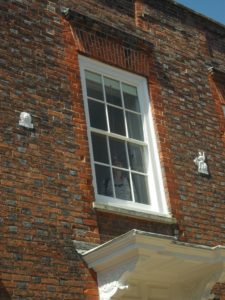 Summer wouldn’t be summer without a reading list and I’ve been revisiting the classics this year, inspired by visits to two wonderful writers’ houses during our week’s holiday in Hastings. First stop was Lamb House in Rye where Henry James lived from 1897 until 1914. He wrote many of his most famous works here, including my particular favourite, The Turn of the Screw. If you look closely at the photo on the left you might see a shadowy figure doing a little light haunting… Joan Aitken’s book The Haunting of Lamb House is a supernatural tale featuring both Henry James and his friend friend E F Benson who lived there from 1914 onwards and who also wrote ghost stories. Benson’s celebrated Mapp and Lucia stories are set in “Tilling” which was modelled on Rye. Mapp and Lucia’s home, “Mallards” is, of course, Lamb House. Rumer Godden, one of my favourite writers when I was a child, lived there from 1967 to 1974. Her book, A Kindle of Kittens, is set in Rye. I particularly adored Miss Happiness and Miss Flower, the story of two Japanese dolls and how their new owner, Nona, a homesick little girl, decides to build them a Japanese house. I’m sure my love of all things Japanese stems from learning, along with Nona, what the dolls might like to be surrounded with to lessen their homesickness.
Summer wouldn’t be summer without a reading list and I’ve been revisiting the classics this year, inspired by visits to two wonderful writers’ houses during our week’s holiday in Hastings. First stop was Lamb House in Rye where Henry James lived from 1897 until 1914. He wrote many of his most famous works here, including my particular favourite, The Turn of the Screw. If you look closely at the photo on the left you might see a shadowy figure doing a little light haunting… Joan Aitken’s book The Haunting of Lamb House is a supernatural tale featuring both Henry James and his friend friend E F Benson who lived there from 1914 onwards and who also wrote ghost stories. Benson’s celebrated Mapp and Lucia stories are set in “Tilling” which was modelled on Rye. Mapp and Lucia’s home, “Mallards” is, of course, Lamb House. Rumer Godden, one of my favourite writers when I was a child, lived there from 1967 to 1974. Her book, A Kindle of Kittens, is set in Rye. I particularly adored Miss Happiness and Miss Flower, the story of two Japanese dolls and how their new owner, Nona, a homesick little girl, decides to build them a Japanese house. I’m sure my love of all things Japanese stems from learning, along with Nona, what the dolls might like to be surrounded with to lessen their homesickness.
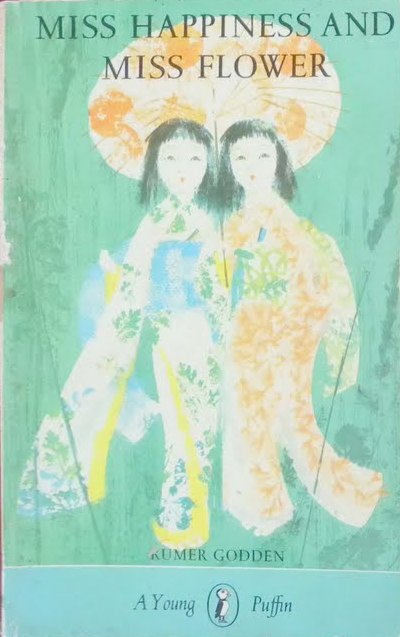
Our second writer’s residence was Monk’s House, Virginia and Leonard Woolf’s country retreat in Rodmell. We walked along the banks of the Ouse from Lewes to Rodmell and it was hard not to imagine Virginia, on that fateful day in 1941, setting off from the house and walking into the Ouse, pockets full of stones.

The house is utterly charming and the Woolfs clearly thought so too, despite the lack of home comforts. Leonard said that he thought their daily life was closer to Chaucer’s than that of modern man! Woolf was writing her seminal feminist essay A Room of One’s Own as her bedroom was being built at Monk’s House. It had no internal links to the main house and was full of artworks by her sister, Vanessa Bell, and her niece, Angelica Garnett.
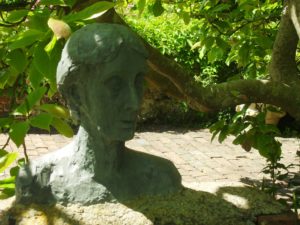
In the garden is the Writing Lodge, where Virginia wrote many of her novels and articles, even sleeping there on fine summer nights. The house was a magnet for the Bloomsbury Group with T S Eliot, Maynard Keynes, E M Forster, Duncan Grant and many others spending time here and dubbing it Bloomsbury on Sea!
As well as revisiting some of the books in my classics collection I’ve also set myself a project which I’m calling The Paris Project. I’m trying to read every book I can with the word Paris in the title. I’ve come across some great ones so far. I would recommend The Paris Wife by Paula McLain which is about how Hadley Richardson (the first of Hemingway’s four wives) and Ernest Hemingway adapt to life in Paris as impoverished Americans in the 1920s. If you like a bit of time travelling then pick up futurist adventure Paris Adrift by E J Swift – a really intriguing read. One Evening in Paris by Nicolas Barreau is a wee bit farfetched but it’s set around a cinema and is a bit of a paean to all those romantic city-obsessed Woody Allen films so you can forgive its foibles!
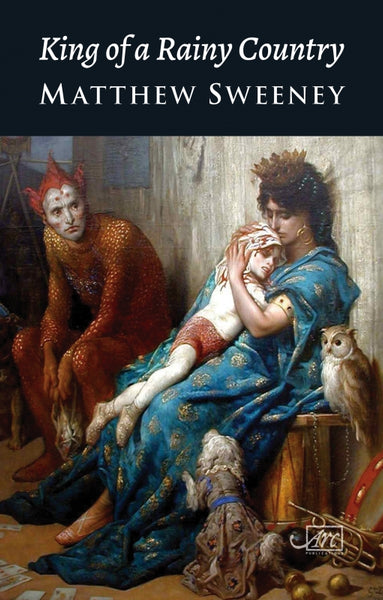
And, of course, I’ve been reading plenty of poetry books – there have been so many good ones recently. I’ve particularly enjoyed Witch by Rebecca Tamas, Threat by Julia Webb, The Perseverance by Raymond Antrobus, Everyone Knows I am a Haunting by Shivanee Ramlochan, Deaf Republic by Ilya Kaminsky, and King of a Rainy Country by Matthew Sweeney. The last is particularly close to my heart. Matthew and his partner, fellow poet Mary Noonan, were in Paris at the same time as me in 2016 and staying very close by. This collection of prose poems was Matthew’s response to Baudelaire’s Le Spleen de Paris. It’s a magical read but also a sad one as Matthew died soon after completing it.
So, look out for the quirky, wherever you are, it’s what makes life interesting. I’ll leave you with a final image from a shop in Great Yarmouth which was in the process of closing down…
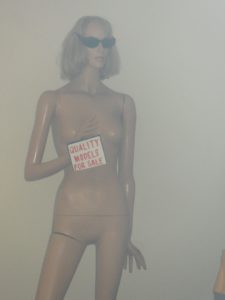
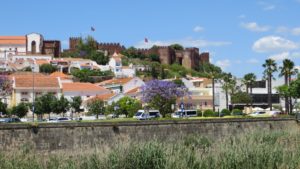
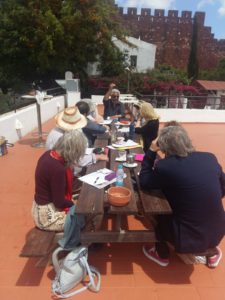
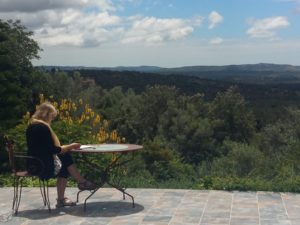 multiple guises, unpindownable…
multiple guises, unpindownable…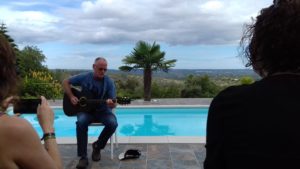
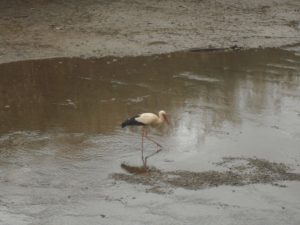
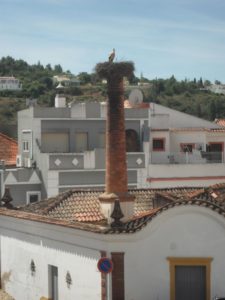
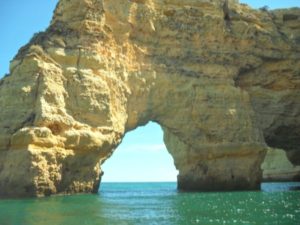
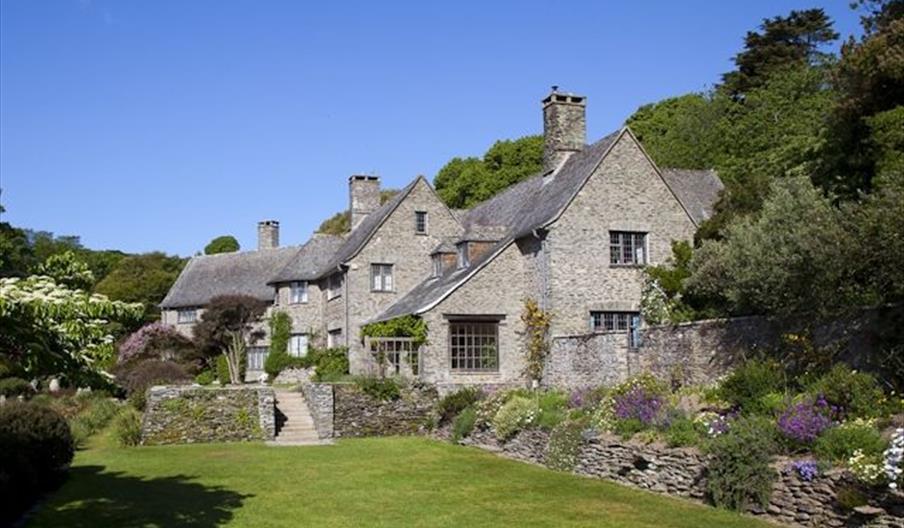
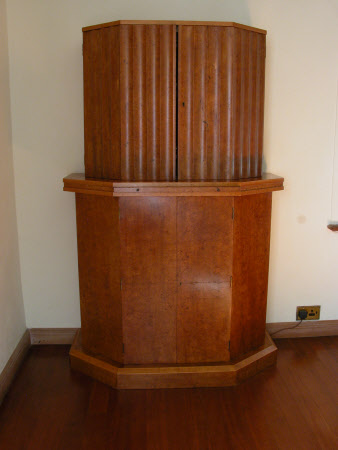

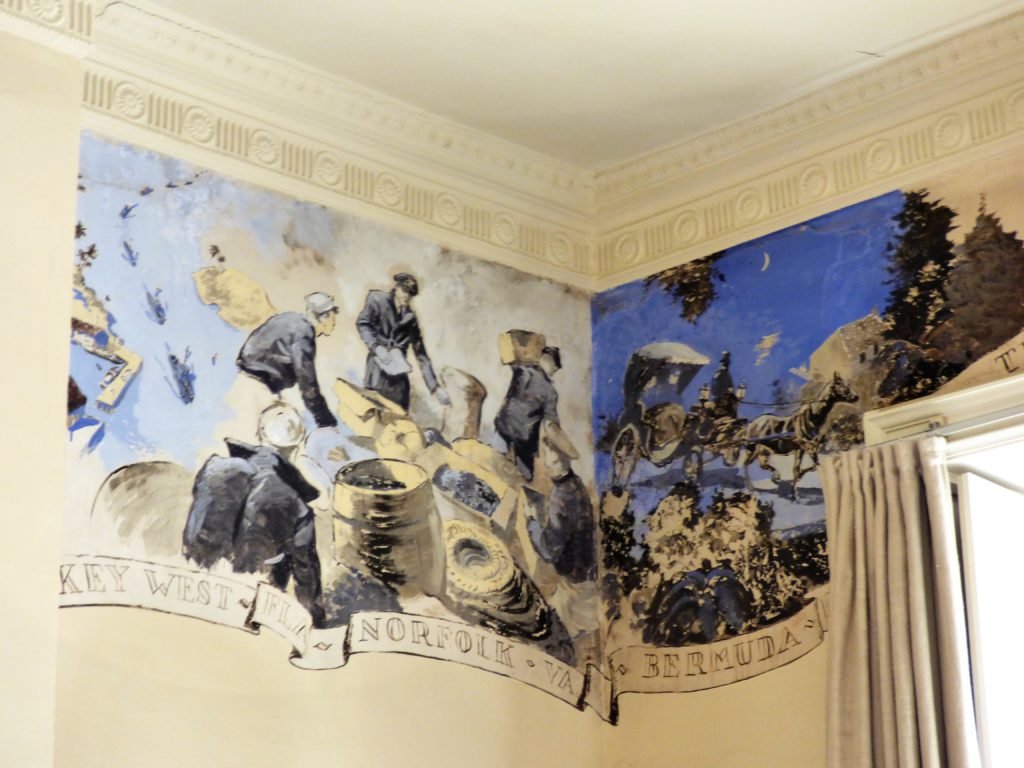

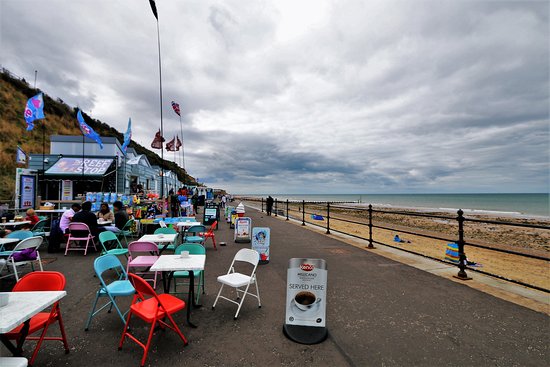


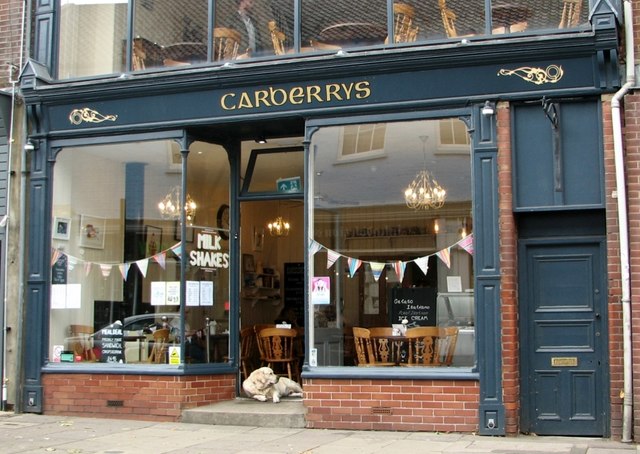
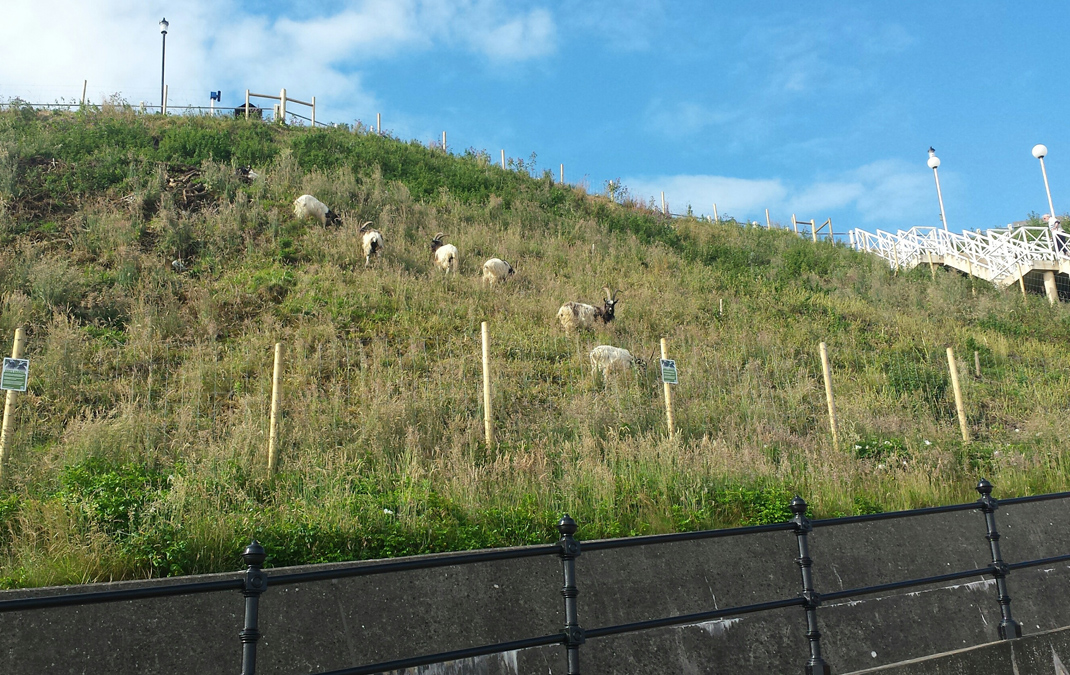
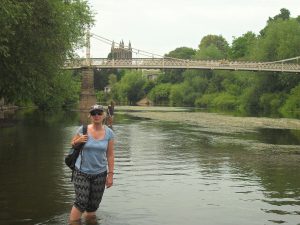
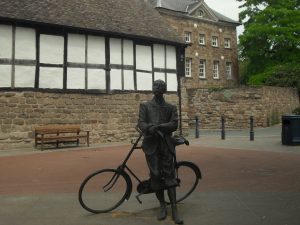


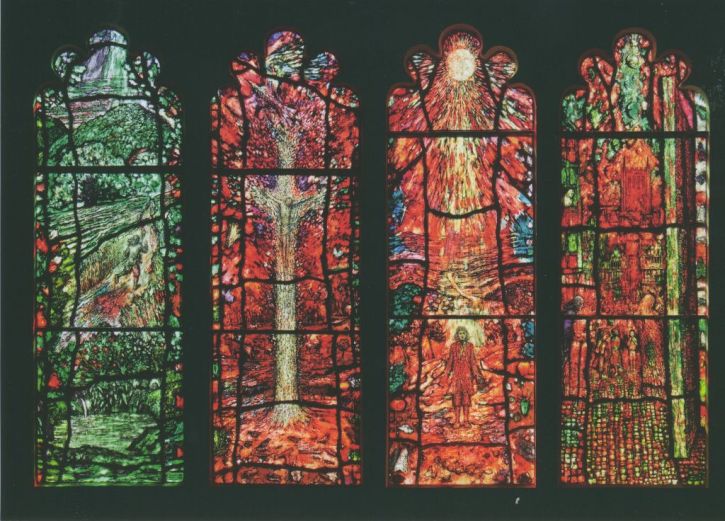
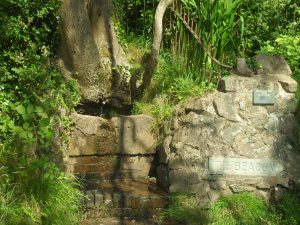


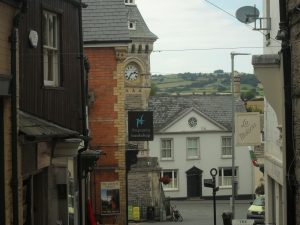
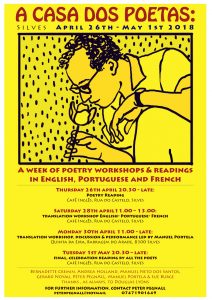
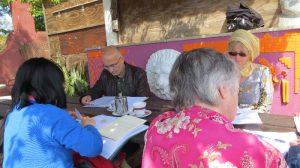
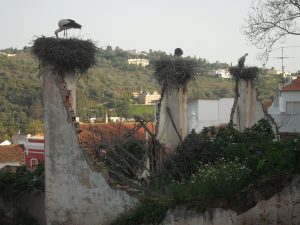


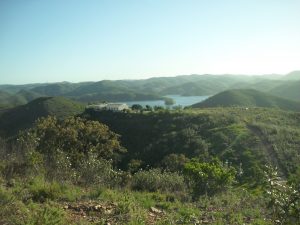
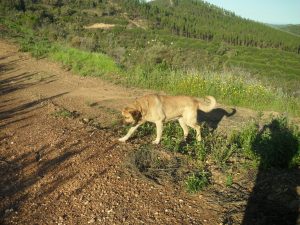
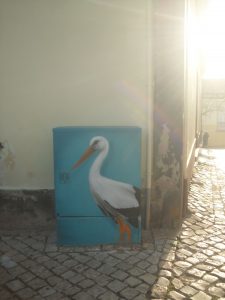





 Now I’m resident in East Runton and just down the road from Cromer, this, of course, is my new favourite pier. It’s one of only five UK piers with a working theatre and I’m very much looking forward to booking my ticket for the End of the Pier show! The pier itself has had a long and rich history with records of a structure going back as far as the fourteenth century. At night it’s lit up in a magical way and acts as my beacon when I walk along the beach to Cromer on dark evenings.
Now I’m resident in East Runton and just down the road from Cromer, this, of course, is my new favourite pier. It’s one of only five UK piers with a working theatre and I’m very much looking forward to booking my ticket for the End of the Pier show! The pier itself has had a long and rich history with records of a structure going back as far as the fourteenth century. At night it’s lit up in a magical way and acts as my beacon when I walk along the beach to Cromer on dark evenings. The pier was the location for “In love with Alma Cogan” directed by Tony Britten. Much of the action took place in the Pavilion Theatre and the plot revolved round Theatre Manager Norman’s resistance to a more commercial show. Norman was played by Roger Lloyd Pack and the film was one of his last appearances on screen. Lloyd Pack was well loved locally, he’d fallen in love with the area in the 1970s after acting in Joseph Losey’s The Go Between alongside Alan Bates and Julie Christie and, as a result, owned a house locally.
The pier was the location for “In love with Alma Cogan” directed by Tony Britten. Much of the action took place in the Pavilion Theatre and the plot revolved round Theatre Manager Norman’s resistance to a more commercial show. Norman was played by Roger Lloyd Pack and the film was one of his last appearances on screen. Lloyd Pack was well loved locally, he’d fallen in love with the area in the 1970s after acting in Joseph Losey’s The Go Between alongside Alan Bates and Julie Christie and, as a result, owned a house locally.

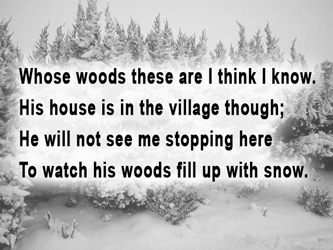
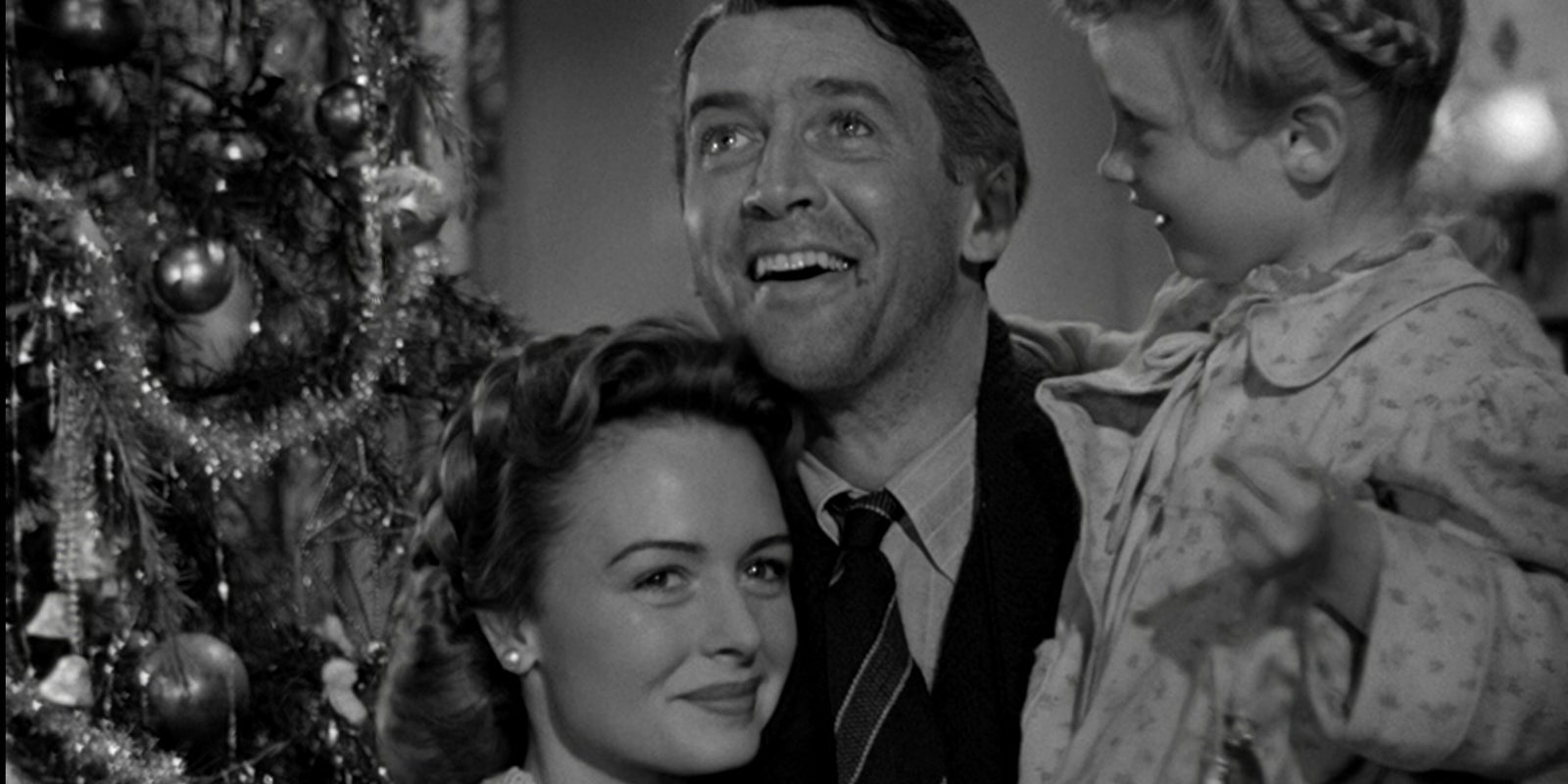 I do, of course, spend quite a bit of time watching Christmas films. I’m sure we all enjoy creating our own traditions at Christmas and for us Christmas Day can’t start until we’ve watched It’s a Wonderful Life (1946) late on Christmas Eve. I always cry at the end, even after multiple viewings. James Stewart as George Bailey, in debt and trouble through no fault of his own, wants to die. Clarence, the angel who’s trying to get his wings, rescues him by showing him what life would be like if there were no George Bailey. It’s really a re-telling of Dickens’ A Christmas Carol, with Mr Potter as the evil banker – the bad side of Scrooge, and George Bailey as the benign banker who Scrooge later becomes. Clarence is all the ghosts of Christmas past, present and future wrapped into one as he shows George the impact he has had on everyone. The film has to be watched in conjunction with my favourite version of A Christmas Carol, the 1951 version with Alistair Sim as a fabulously histrionic Scrooge, although The Muppet Christmas Carol is a close second! Paddington, voiced by the inimitable Ben Whishaw, is fast becoming a Christmas favourite. I’ve been very interested in the discussions in the press discussing Paddington 2 and referencing Paddington as our outlet for Brexit frustration. He is the classic immigrant and the various attitudes of the community towards him reflect our somewhat divided nation at the moment.
I do, of course, spend quite a bit of time watching Christmas films. I’m sure we all enjoy creating our own traditions at Christmas and for us Christmas Day can’t start until we’ve watched It’s a Wonderful Life (1946) late on Christmas Eve. I always cry at the end, even after multiple viewings. James Stewart as George Bailey, in debt and trouble through no fault of his own, wants to die. Clarence, the angel who’s trying to get his wings, rescues him by showing him what life would be like if there were no George Bailey. It’s really a re-telling of Dickens’ A Christmas Carol, with Mr Potter as the evil banker – the bad side of Scrooge, and George Bailey as the benign banker who Scrooge later becomes. Clarence is all the ghosts of Christmas past, present and future wrapped into one as he shows George the impact he has had on everyone. The film has to be watched in conjunction with my favourite version of A Christmas Carol, the 1951 version with Alistair Sim as a fabulously histrionic Scrooge, although The Muppet Christmas Carol is a close second! Paddington, voiced by the inimitable Ben Whishaw, is fast becoming a Christmas favourite. I’ve been very interested in the discussions in the press discussing Paddington 2 and referencing Paddington as our outlet for Brexit frustration. He is the classic immigrant and the various attitudes of the community towards him reflect our somewhat divided nation at the moment.

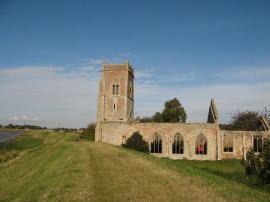
 I’ve just finished The River by Olivia Laing which follows the course of another Ouse, the one in Sussex in which Virginia Woolf took her life in 1941 wearing her heaviest coat, pockets full of stone. It’s a depressing but fascinating book, Laing had just split up with her partner and her sense of anxiety and unease permeates every step as she walks alone in deep contemplation. Occasionally Laing launches herself into the water to cool down and revitalise, these are disturbing moments during which she seems to have little regard for her safety and I held my breath until the next page, willing her to survive. I’ve just reviewed Elizabeth Jane Burnett’s Swims (Penned in the Margins). This powerful collection is a long poem documenting twelve wild swims across the UK’s rivers, lakes and seas. Each poem is an experiment, pushing at the page, seeking freedom from its confines and I thoroughly enjoyed the inventiveness of it. The thought of wild swimming entrances me and I’m even thinking of investing in a wetsuit for all year round sea swimming. Swimming is where I plan my writing workshops and solve poetic problems – that tricky last line, what to leave out, the perfect twist for a line, the revelation of the ideal form to fit the content of the poem – it’s as if the beat of my arms and legs sets up a problem-solving rhythm.
I’ve just finished The River by Olivia Laing which follows the course of another Ouse, the one in Sussex in which Virginia Woolf took her life in 1941 wearing her heaviest coat, pockets full of stone. It’s a depressing but fascinating book, Laing had just split up with her partner and her sense of anxiety and unease permeates every step as she walks alone in deep contemplation. Occasionally Laing launches herself into the water to cool down and revitalise, these are disturbing moments during which she seems to have little regard for her safety and I held my breath until the next page, willing her to survive. I’ve just reviewed Elizabeth Jane Burnett’s Swims (Penned in the Margins). This powerful collection is a long poem documenting twelve wild swims across the UK’s rivers, lakes and seas. Each poem is an experiment, pushing at the page, seeking freedom from its confines and I thoroughly enjoyed the inventiveness of it. The thought of wild swimming entrances me and I’m even thinking of investing in a wetsuit for all year round sea swimming. Swimming is where I plan my writing workshops and solve poetic problems – that tricky last line, what to leave out, the perfect twist for a line, the revelation of the ideal form to fit the content of the poem – it’s as if the beat of my arms and legs sets up a problem-solving rhythm.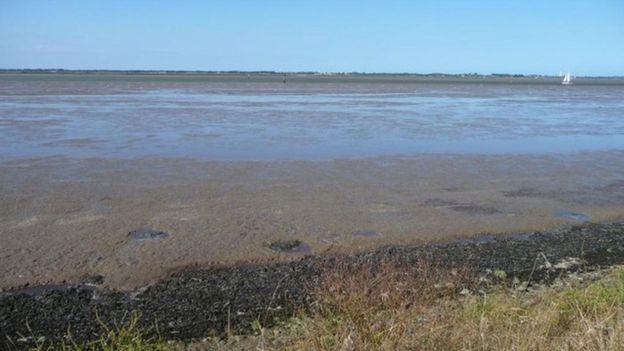 Another favourite river walk is the Nar Valley Way. We’ve walked from Gressenhall (near the source) back to Narborough several times and have done the Narborough to King’s Lynn stretch too. It’s more valley than river, although the river does pop up in surprising places along the way. My favourite stretch is Narborough to Castle Acre. Early on in the walk there’s a distant view of Narford Hall, seat of the Fountaines, where in the 1960s Andrew Fountaine, founder member of the BNP created an annual Aryan camp. Or perhaps we’re better off remembering Margaret Fountaine of South Acre, diarist, lepidopterist and explorer in an era (1890s onward) when this was just not “done”, especially as it seems that the much-travelled Margaret may have had an “affectionate relationship” with her guide and trasnlator of 27 years, Khalil Neimy. The large number of monastic ruins strewing the countryside are a great feature of the walk, all found near clean flowing water to meet the monks’ needs. Walking past The Stag at West Acre and then down to the Fords, you get tantalising glimpses of the ruined priory of West Acre before crossing the water meadows and coming out at the ruins of Castle Acre, a Cluniac Priory dating back to 1090.
Another favourite river walk is the Nar Valley Way. We’ve walked from Gressenhall (near the source) back to Narborough several times and have done the Narborough to King’s Lynn stretch too. It’s more valley than river, although the river does pop up in surprising places along the way. My favourite stretch is Narborough to Castle Acre. Early on in the walk there’s a distant view of Narford Hall, seat of the Fountaines, where in the 1960s Andrew Fountaine, founder member of the BNP created an annual Aryan camp. Or perhaps we’re better off remembering Margaret Fountaine of South Acre, diarist, lepidopterist and explorer in an era (1890s onward) when this was just not “done”, especially as it seems that the much-travelled Margaret may have had an “affectionate relationship” with her guide and trasnlator of 27 years, Khalil Neimy. The large number of monastic ruins strewing the countryside are a great feature of the walk, all found near clean flowing water to meet the monks’ needs. Walking past The Stag at West Acre and then down to the Fords, you get tantalising glimpses of the ruined priory of West Acre before crossing the water meadows and coming out at the ruins of Castle Acre, a Cluniac Priory dating back to 1090.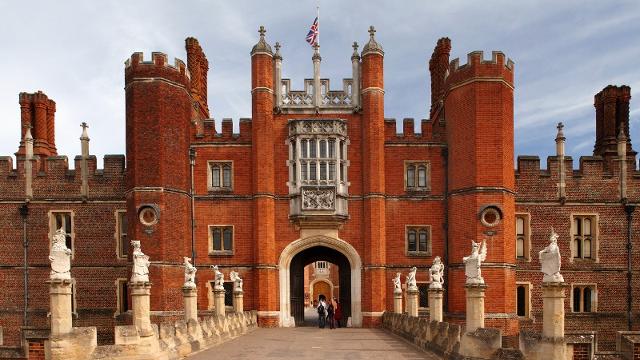 I guess it’s no suprise that I’m so attracted to rivers. My father was a boatbuilder and I grew up in Kingston-upon-Thames so the river was always a strong presence through my formative years. At the end of the road where I lived for most of my childhood was the Hogsmill, a tributary of the Thames which, one memorable evening, overflowed – I remember my mother furiously sweeping it back under the door. Kingston was well situated for visits to Kew Gardens on the bus with twopence entry posted in the honesty box. I would walk along the Thames to Hampton Court where under sixteens could get in for a couple of shillings. It’s probably here that my love of history began as I devoured Jean Plaidy and stood with my eyes closed in the Haunted Gallery where Catherine Howard is said to have begged Henry for her life, hoping to hear her cries.
I guess it’s no suprise that I’m so attracted to rivers. My father was a boatbuilder and I grew up in Kingston-upon-Thames so the river was always a strong presence through my formative years. At the end of the road where I lived for most of my childhood was the Hogsmill, a tributary of the Thames which, one memorable evening, overflowed – I remember my mother furiously sweeping it back under the door. Kingston was well situated for visits to Kew Gardens on the bus with twopence entry posted in the honesty box. I would walk along the Thames to Hampton Court where under sixteens could get in for a couple of shillings. It’s probably here that my love of history began as I devoured Jean Plaidy and stood with my eyes closed in the Haunted Gallery where Catherine Howard is said to have begged Henry for her life, hoping to hear her cries.
 And if tea really isn’t your tipple of choice then head back to Cambridge and check out Hot Numbers on Trumpington Street, just past the Fitzwilliam. This roastery and cafe really does know its beans, specialising in single origin coffee. I’ve had the most layered and tasty coffees ever here so do give it a try!
And if tea really isn’t your tipple of choice then head back to Cambridge and check out Hot Numbers on Trumpington Street, just past the Fitzwilliam. This roastery and cafe really does know its beans, specialising in single origin coffee. I’ve had the most layered and tasty coffees ever here so do give it a try! Somehow, though, as we mature, many of us lose our way and poetry becomes something alienating and elitist, seeming to belong to an academic world of closely guarded secrets which only the chosen few can access. I would say that poetry belongs everywhere, to us all, to the world and, although it has a commercial motivation, I’m delighted that the Nationwide Building Society are using poetry to speak to their wide-ranging potential customer base. At the moment I’m following a course run by the Poetry School and tutored by Emma Hammond. It’s called Hyperspectacle and we’re exploring poetry which occurs in unexpected places – tweets, internet review forums etc I feel quite evangelical about getting more and more people to enjoy poetry, to realise that they can’t like it all, and if they don’t it’s not their fault but to keep on looking until they find something that speaks to them. There’s so much poetry out there at the moment, but it’s a bit like a dating website, you have to persevere to find your match!
Somehow, though, as we mature, many of us lose our way and poetry becomes something alienating and elitist, seeming to belong to an academic world of closely guarded secrets which only the chosen few can access. I would say that poetry belongs everywhere, to us all, to the world and, although it has a commercial motivation, I’m delighted that the Nationwide Building Society are using poetry to speak to their wide-ranging potential customer base. At the moment I’m following a course run by the Poetry School and tutored by Emma Hammond. It’s called Hyperspectacle and we’re exploring poetry which occurs in unexpected places – tweets, internet review forums etc I feel quite evangelical about getting more and more people to enjoy poetry, to realise that they can’t like it all, and if they don’t it’s not their fault but to keep on looking until they find something that speaks to them. There’s so much poetry out there at the moment, but it’s a bit like a dating website, you have to persevere to find your match!
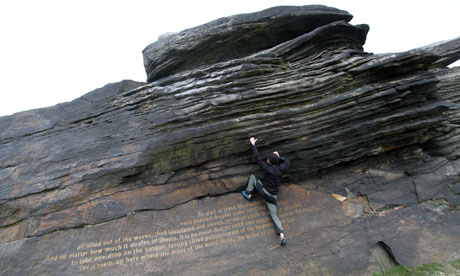




 As you can see from the heading, I’ll be blogging under a new name from now on to celebrate our move from King’s Lynn to East Runton, a little village just outside Cromer near to where the late, great John Hurt lived. I’ve already started writing more sea related poetry than usual so it looks as if it could be an inspirational step in the right direction and there are lots of great cafes to explore locally!
As you can see from the heading, I’ll be blogging under a new name from now on to celebrate our move from King’s Lynn to East Runton, a little village just outside Cromer near to where the late, great John Hurt lived. I’ve already started writing more sea related poetry than usual so it looks as if it could be an inspirational step in the right direction and there are lots of great cafes to explore locally!
 I’m rather partial to modern cinematic adaptations of Jane Austen and Alicia Silverstone as a high-school Valley Girl version of Emma is one of my favourites, followed closely by Gurinder Chadha’s brilliantly cheesy Bollywood Bride and Prejudice. I often find myself, just as Emily Blunt’s character does in The Jane Austen Book Club, asking What Would Jane do?
I’m rather partial to modern cinematic adaptations of Jane Austen and Alicia Silverstone as a high-school Valley Girl version of Emma is one of my favourites, followed closely by Gurinder Chadha’s brilliantly cheesy Bollywood Bride and Prejudice. I often find myself, just as Emily Blunt’s character does in The Jane Austen Book Club, asking What Would Jane do?
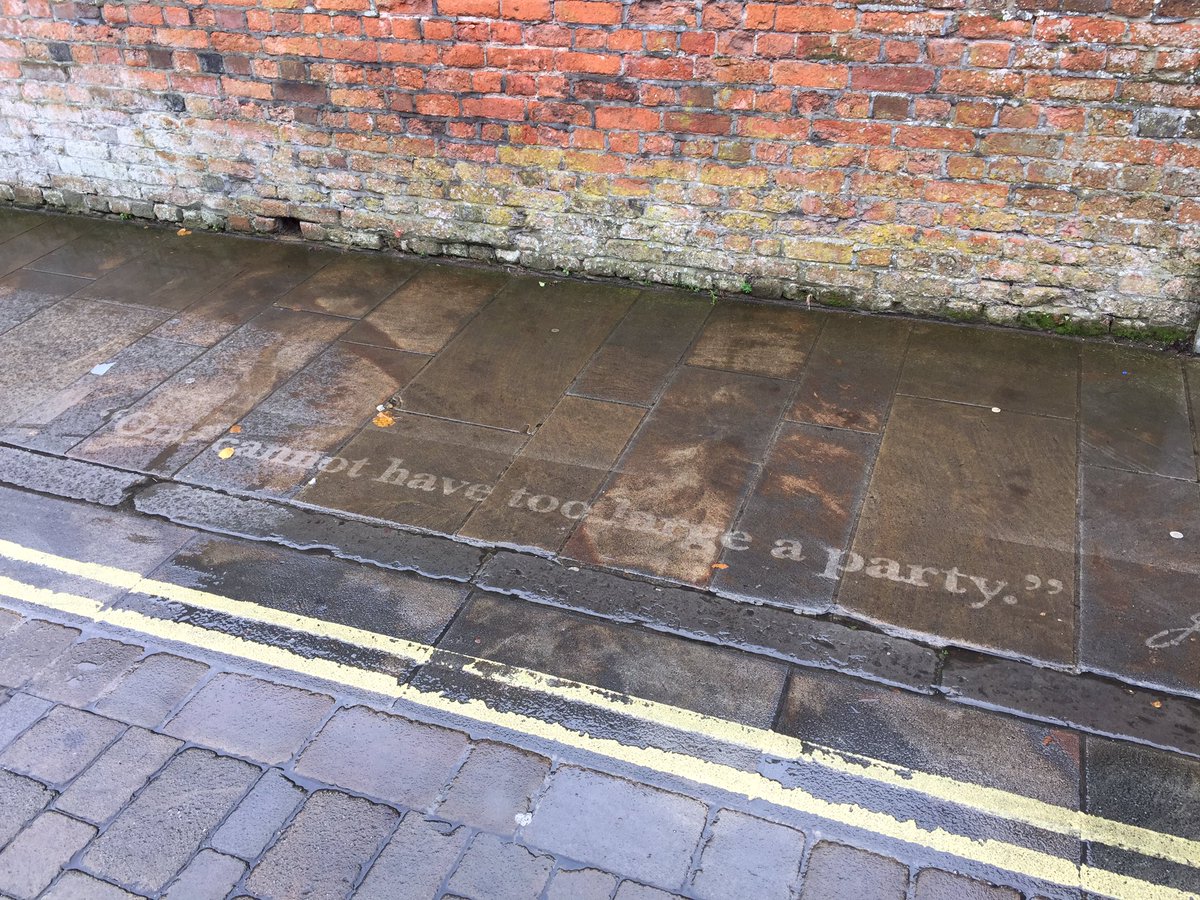 In May this year I visited Winchester, paid my respects at Jane’s gravestone in the cathedral and absorbed the atmosphere of this pretty town where she lived out her last few months. “I see more distinctly through the rain,” Jane once wrote and, with this in mind, there’s a wonderful trail through the town called Rain Jane. If it rains, quotes from her novels magically appear on the pavements and disappear as the rain evaporates.
In May this year I visited Winchester, paid my respects at Jane’s gravestone in the cathedral and absorbed the atmosphere of this pretty town where she lived out her last few months. “I see more distinctly through the rain,” Jane once wrote and, with this in mind, there’s a wonderful trail through the town called Rain Jane. If it rains, quotes from her novels magically appear on the pavements and disappear as the rain evaporates.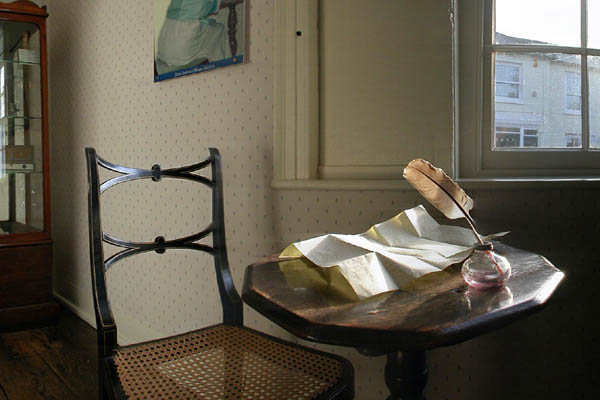 I also visited the village of Chawton, where, in the cottage which is now the Jane Austen’s House Museum. Here, Jane, her mother and beloved sister Cassandra finally had a place they could call their own, albeit briefly. I stood reverently before the table where she wrote, trying not to be too angry at the tiny space she had to let her imagination run riot with the intricacies of hatching, matching and dispatching. This anger led to my only Austen inspired poem, the imaginatively titled Jane’s Table!
I also visited the village of Chawton, where, in the cottage which is now the Jane Austen’s House Museum. Here, Jane, her mother and beloved sister Cassandra finally had a place they could call their own, albeit briefly. I stood reverently before the table where she wrote, trying not to be too angry at the tiny space she had to let her imagination run riot with the intricacies of hatching, matching and dispatching. This anger led to my only Austen inspired poem, the imaginatively titled Jane’s Table!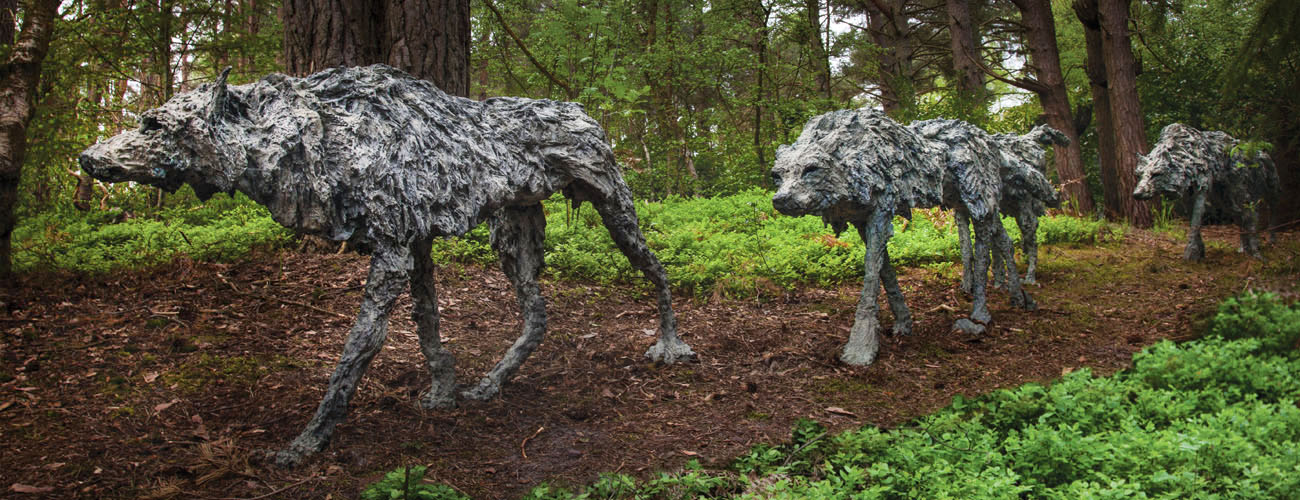 If you do find yourself in this part of Hampshire, then the Sculpture Park in Churt is well worth a visit. It’s really a giant open air exhibition showcasing around 800 pieces of work from approximately 300 different artists. This means it’s also well worth revisiting as the pieces are all for sale and change constantly. It’s set in ten acres of woodland and heathland with some quite steep parts at times as it’s set in a natural valley. There are three lakes fed by natural springs which provide a stunning backdrop for some of the artwork.
If you do find yourself in this part of Hampshire, then the Sculpture Park in Churt is well worth a visit. It’s really a giant open air exhibition showcasing around 800 pieces of work from approximately 300 different artists. This means it’s also well worth revisiting as the pieces are all for sale and change constantly. It’s set in ten acres of woodland and heathland with some quite steep parts at times as it’s set in a natural valley. There are three lakes fed by natural springs which provide a stunning backdrop for some of the artwork.